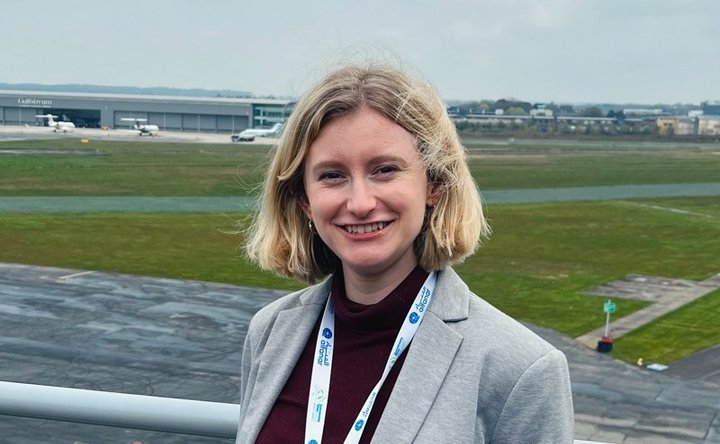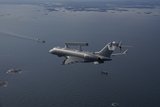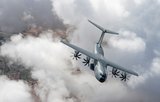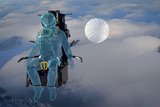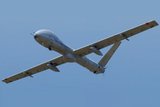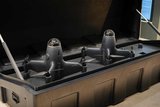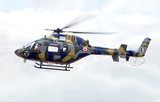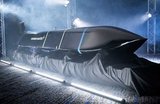TAI and Airbus collaborate on Hurjet trainer for Spain
The Hurjet aircraft first took flight in 2023. (Photo: TAI)
Turkish Aerospace Industries (TAI) and Airbus, supported by as yet unnamed Spanish industrial companies, have teamed up to work on pitching TAI’s Hurjet aircraft for the Spanish Air Force’s Advanced Jet Trainer Integrated Training System programme.
The programme seeks to replace the F-5M training aircraft currently in use by the Spanish Air Force. Spain currently operates 19 F-5M aircraft.
The agreement between Airbus and TAI aims to integrate Hurjet into the Spanish Air Force’s training fleet, but also to “strengthen Spain’s defence industry base”, TAI said.
Working together, Airbus and TAI would leverage the former’s manufacturing and training expertise with TAI’s Hurjet
Already have an account? Log in
Want to keep reading this article?
More from Air Warfare
-
![Singapore’s Hermes 900 buy to enhance multi-domain ISR capabilities]()
Singapore’s Hermes 900 buy to enhance multi-domain ISR capabilities
Drawing on its endurance and substantial payload capacity, the Hermes 900 would provide a boost to Singapore’s ISR capabilities, particularly in the maritime domain.
-
![Dubai Airshow 2025: GA-ASI’s MQ-9B racks up new milestones with AEW demo planned]()
Dubai Airshow 2025: GA-ASI’s MQ-9B racks up new milestones with AEW demo planned
The company announced its demonstration timeline while confirming the MQ-9B had completed the platform’s third lifetime test.
-
![Dubai Airshow 2025: Edge Group eyes international market expansion, unveils new UAVs]()
Dubai Airshow 2025: Edge Group eyes international market expansion, unveils new UAVs
The UAV portfolio expansion comes in the wake of the Edge-Anduril joint venture announced ahead of the airshow.
-
![India reopens hunt for reconnaissance and surveillance helicopters]()
India reopens hunt for reconnaissance and surveillance helicopters
The extended deadline for vendors highlights the complexity of the procurement for India, with numerous vendors positioning themselves for the programme.
-
![Dubai Airshow 2025: Lockheed’s AGM-158 XR flight tests planned for 2026]()
Dubai Airshow 2025: Lockheed’s AGM-158 XR flight tests planned for 2026
The AGM-158 XR, which started as a Lockheed Martin internal investment, was first unveiled in September 2024.







